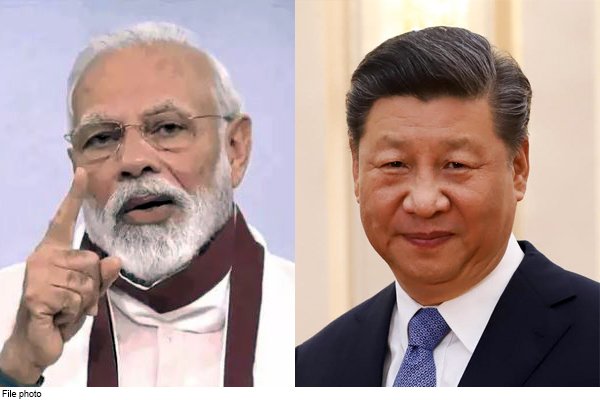India is now ahead of China in financial inclusion metrics, mobile and internet banking transactions have increased to 13,615 per 1,000 adults in 2020 from 183 in 2015 and the number of bank branches reaches 14.7 per 1 lakh adults in 2020 which was 13.6 in 2015. According to a report is more than Germany, China and South Africa.

According to a report by Soumya Kanti Ghosh, Group Chief Economic Advisor, State Bank of India, states with higher financial inclusion/more bank accounts have seen a significant decline in alcohol and tobacco consumption as well as a decline in crime. SBI), on the fifth anniversary of demonetisation.
Under the non-frills account scheme, the number of individuals with deposit accounts in banks has increased significantly, becoming comparable with emerging economies and even some advanced economies.
Significant progress has also been made in the use of digital payments.
During the last seven years of the financial inclusion drive, the number of no-frills bank accounts opened has reached 43.7 crores with deposits of Rs 1.46 lakh crore as on October 20, 2021. Of these, about two-thirds are in rural and semi-urban areas and more than 78 percent of these accounts are with state-owned banks, 18.2 percent with regional rural banks, and three percent by private sector banks.
During this period, the number of bank branches in rural areas has increased from 33,378 in March 2010 to 55,073 in December 2020. The number of banking outlets in villages/Banking Correspondents (BCs) has increased from 34,174 in March 2010 to 12.4 lakh in December. 2020.
During this period, the number of commercial bank branches per 100,000 adults increased from 13.5 to 14.7. The number of deposit accounts in banks increased from 1,536 to 2,031, loan accounts from 154 to 267, and mobile and internet banking transactions increased from 183 to 13,615 (all numbers per 1,000 adults).
Public sector banks have opened 34 crore out of total 44 crore no-frills accounts and private sector banks have opened only 1.3 crore of them.
Under the non-frills account scheme, the number of individuals with deposit accounts in banks has increased significantly, becoming comparable with emerging economies and even some advanced economies. Significant progress has also been made in the use of digital payments.
The major credit for the financial inclusion drive should go to the RBI, which in January 2016 allowed the business correspondent model of branchless banking.
Calling for a fix by making the non-branch banking correspondent model uniform across all banks since the new branch authorization policy of 2017 came into force, BCs need to be made interoperable.
The new norms recognize BCs that provide banking services for at least four hours per day and at least five days a week, as banking outlets have progressively eliminated the need to set up brick-and-mortar branches. . The number of banking outlets in villages/BCs has increased from 34,174 in March 2010 to 12.4 lakh in December 2020. And, the success of financial inclusion depends on the BCs who are micro-scale entrepreneurs.
As per RBI guidelines, while a BC can act for more than one bank, at the point of customer interface, a retail outlet or a sub-agent of the BC shall represent and provide banking services of only one bank.

